In the olden days, gardening was a real job where all family members have assigned tasks. Today, we see that gardening has become more of a hobby, where people try to showcase their talent.
In this world of consumption, we have turned gardening from a providing activity into a consuming one.
Do you want to start a garden and think you do not have the money? Read along to find out how to be a true frugal gardener.
In its beginning, gardening can get be expensive. New gardeners can easily get overwhelmed, wanting to have that picture-perfect garden. The truth is that gardening is a journey and not a destination. It is a way of life that will bring a new meaning to one’s days.
If you have the money and can set up a nice-looking garden, that is fantastic. But, if you are not one of the people who can spend, do not fall into the trap. Embark on the gardening journey with whatever you have.
#1 Know Your Zone
The first thing to learn about before starting a garden is the region’s climate. In the US, the department of agriculture divided the land into zones depending on their coldest temperatures.
How does this save you money? Knowing your agricultural zone helps identify the growing season. It also helps know what crops do well in the area, saving you the hassle of buying seeds and plants that won’t survive.
#2 Know Your Season
After knowing your zone, we need to know the growing seasons. Central Texas has mild winters, so the gardening seasons are: cool, warm, and hot. A region with colder winters has cold, cool, and warm seasons.
Once again, this information allows the grower the right time to grow crops.
#3 Make a Plan
The initial expenses of starting a garden go into the installation. Depending on the chosen gardening method, soil or compost is the most expensive element. Then, buying raised beds or renting tools to till the land is second. Then the rest is a reasonable cost.
So before getting started, sketch the garden on paper, then set up an action plan, including a budget.
#4 Be Resourceful
There are ways to save some money on starting a garden. Being resourceful is the most useful skill a gardener could have.

a) Free Dirt/ Compost
Many community centers enroll themselves in recycling and composting programs. Ask around and look for city programs that offer free compost. If you live in an agricultural area, ask the farmers and breeders. They usually offer animal manure or compost.
If you want to learn how to compost in your back garden, click here to read about it.
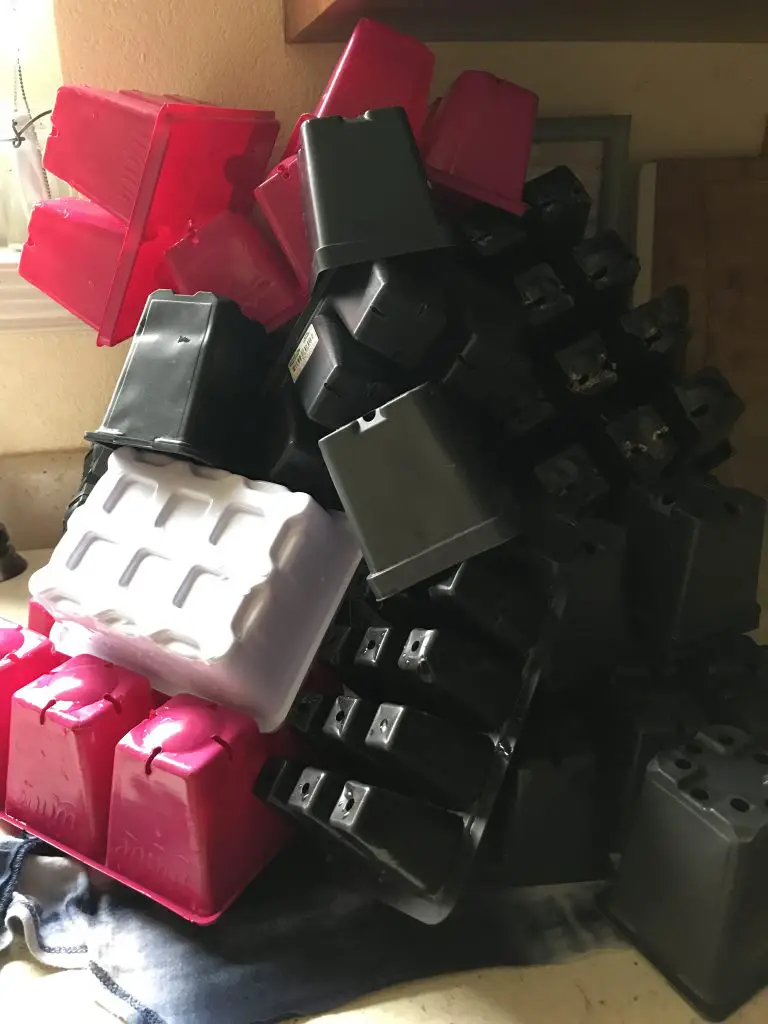
b) Free pots
Some nurseries and most home-improvement stores allow their customers to take unused pots and their holders. If in doubt, ask the clerk for permission to grab some. But, make sure to clean them thoroughly before use to prevent disease spread.
c) Free Pallets and bricks
Pallets are a great free source of wood. Find them lying around in stores’ back alleys or at storage depots. You can also collect free bricks from construction sites.
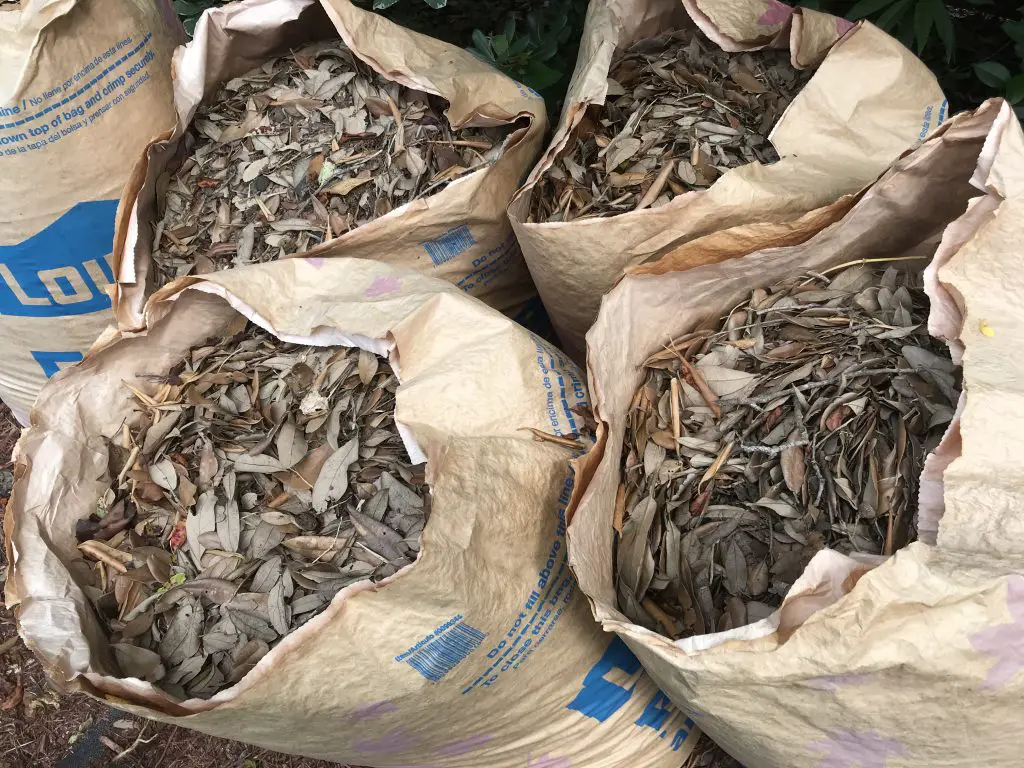
d) Free mulch (leaves)
Mulch is any organic material that can cover the bare garden soil. There is no need to get fancy with it and buy some. Instead, use collected fall leaves. They will save money and double as compost when it breaks down.
e) Free posts and trellises (tree limbs)
When it’s time to give your tree a haircut, keep the branches and twigs that are straight enough. They make great support for peppers and eggplants. The longer ones, 6 feet and up are great to support pole beans and cucumbers.
Check out my post about the best trellis systems I rely on in my garden. Click Here.
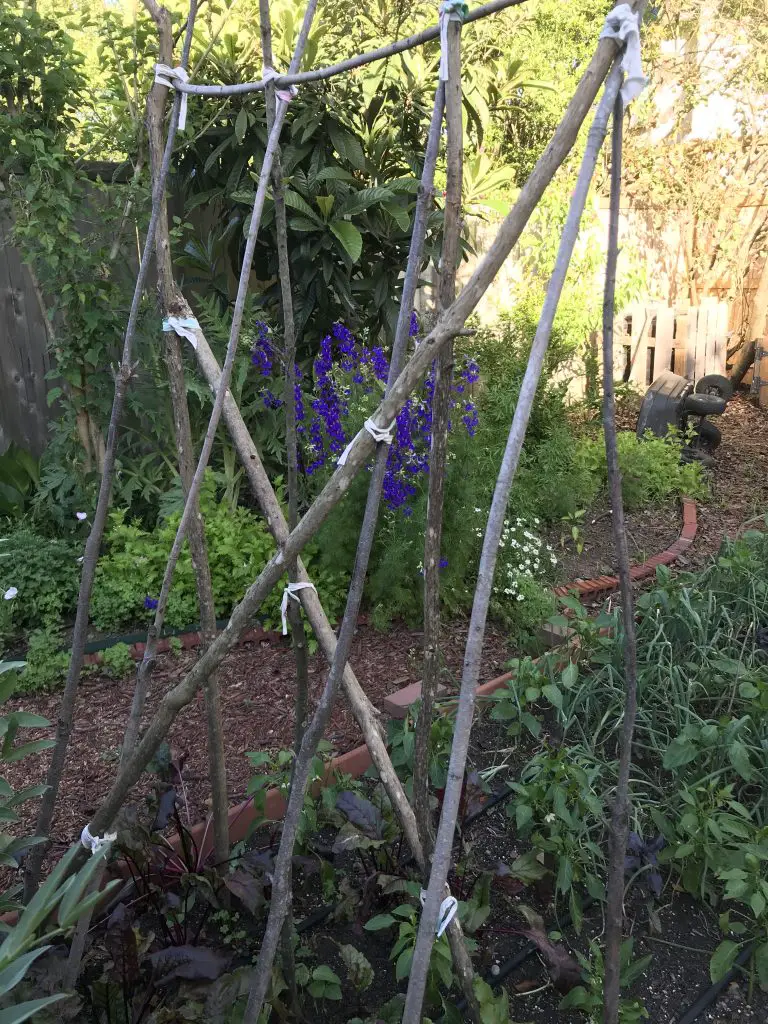
#5 Collect Rain Water
Every inch of rainwater falling over 1000 sqft of a hard surface can fill a 600-gallon barrel. Water collection, also known as water harvesting, has many benefits to our environment. It prevents run-off from causing soil erosion and reduces the use of city water. Having rainwater available during dry times saves you money on the water bill.
Water harvesting doesn’t need to be expensive. A simple trash bin can become a rain barrel. Many cities offer rebate programs for their residents for installing rain harvesting systems.
#6 Smart Shopping
When you get into gardening, you find yourself shopping for more than you need or can manage. There are a few tips to keep your pocket safe while still being able to fill up your garden with the plants you want.
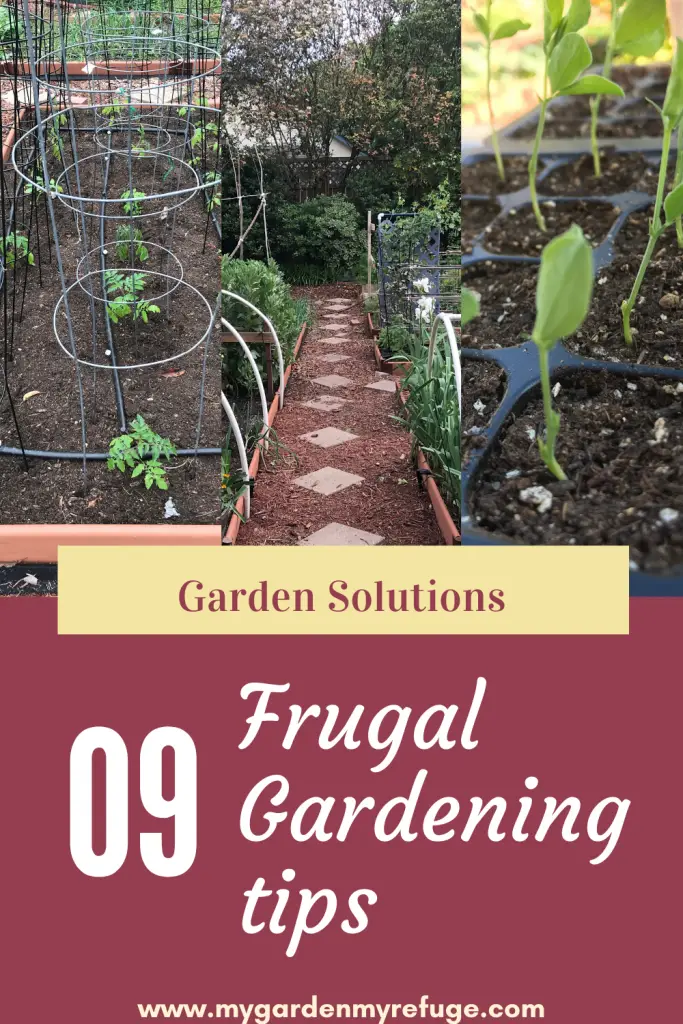
Check the clearance racks
Always visit the clearance aisle before you begin shopping. You can find great deals on plants, fertilizers, pest control, and tools in every store that sells home and garden items. The best time to shop for garden clearance is from the beginning of the school year through the fall. The stores start clearing their shelves in preparation for Christmas decor.
Look out for seasonal sales
Be on the lookout for seasonal sales. Fall is the time stores start getting ready for Christmas, so the garden area is put on clearance. The second best time is early spring.
Get multiple plants for the price of one
A fellow gardener gave me this advice back in my beginnings. The trick is to look for pots that contain more than one seedling. Water the container well before separating the roots.
#7 Make Compost
Composting is a great way to make a good-quality soil amendment. Of course, you will never make enough for your garden, but you will make enough to compost tea. You will also help reduce the amount of trash sent to the landfill.
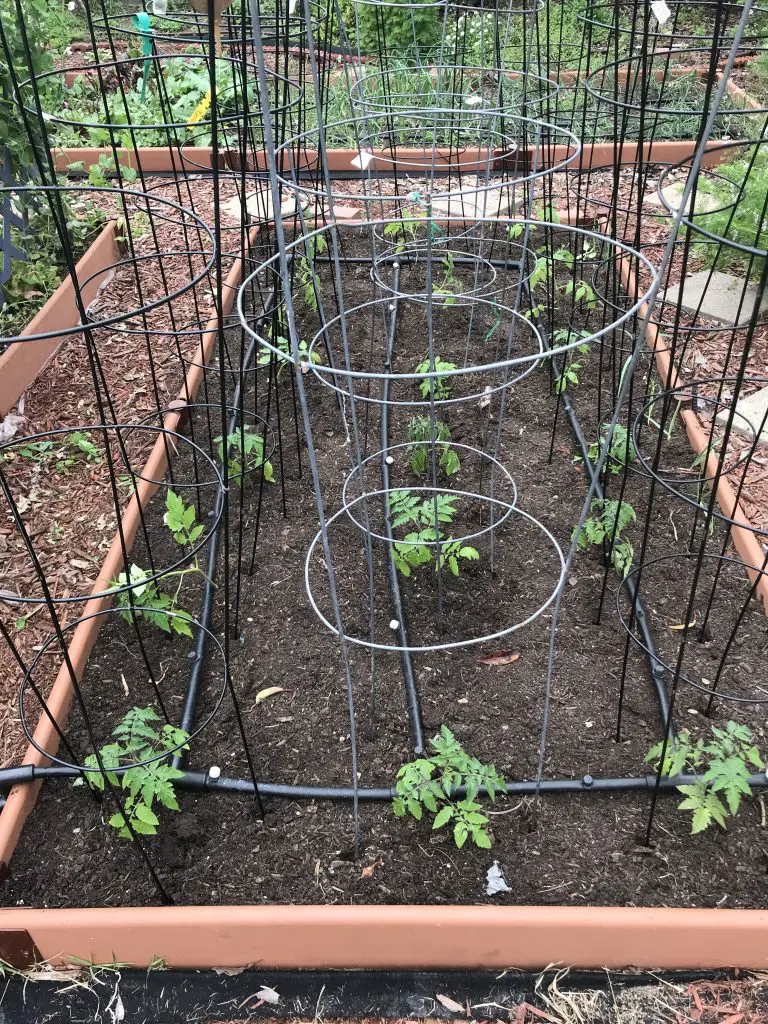
#7 Use Drip
It is true that drip irrigation is not free and may be expensive. But for vegetable gardens, drip irrigation systems have come a long way. There is a variety of kits that are easy to use and affordable.
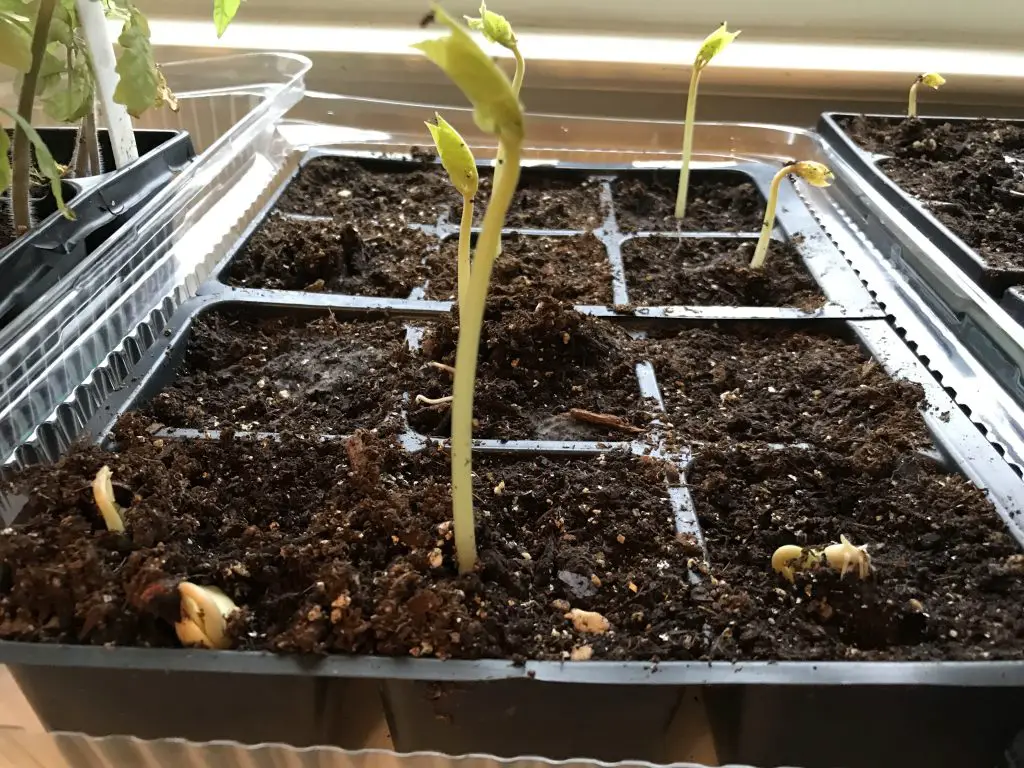
#8 Start Seeds
Starting seeds allows gardeners to grow as many plants as they need at a small cost. It may take some practice, but it is a rewarding skill to have.
There are a few crops that you should never buy as a transplant. Even if the nurseries are offering them as transplants, opt for the seeds. The most common of these crops are zucchini, cucumbers, corn, and beans.
#9 Go Organic
Novice gardeners tend to expect quick results from their gardens and systematic solutions. Organic gardening is a building block process that starts with a foundation (soil).
Organic gardening reduced expenses dramatically by eliminating the frequent need for chemical fertilizers and pesticides. Healthy soil is rich in microorganisms and beneficial critters that enrich it. Establishing natural balance reduces human interference to fix pproblems. In the end, organic gardening is a partnership with nature.
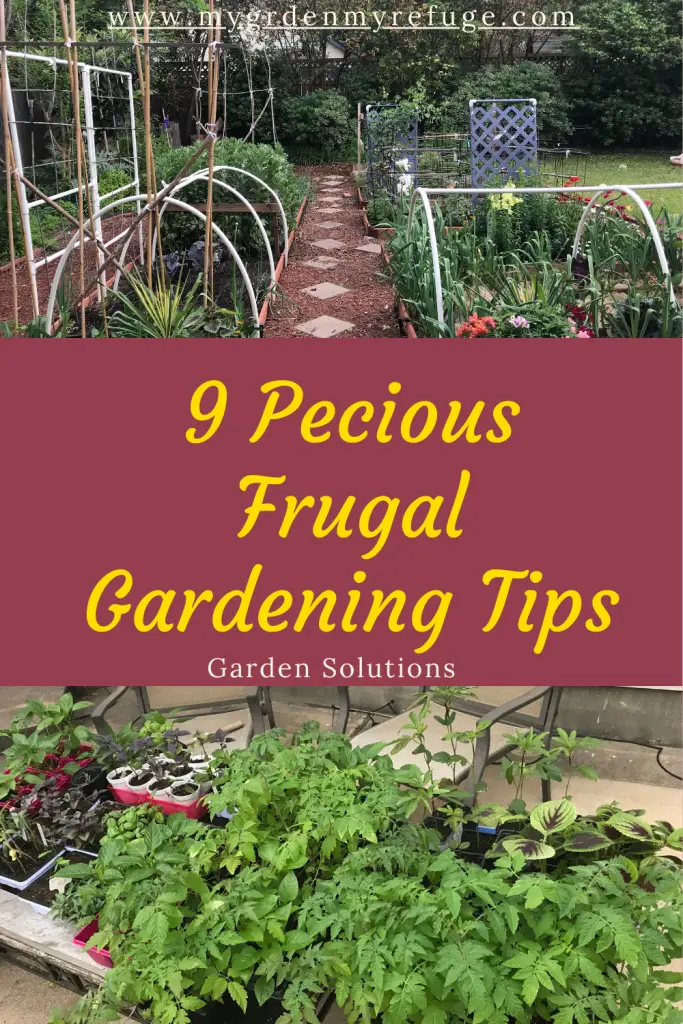
Conclusion
Gardeners’ way of life is about sustainability and independence, for which most of them are resourceful and frugal. Start small and grow along with your garden. It takes patience and perseverance to reach the dream.

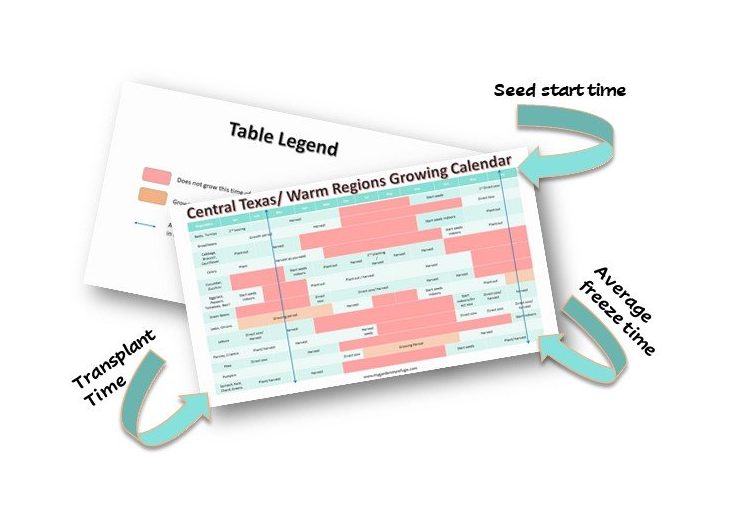


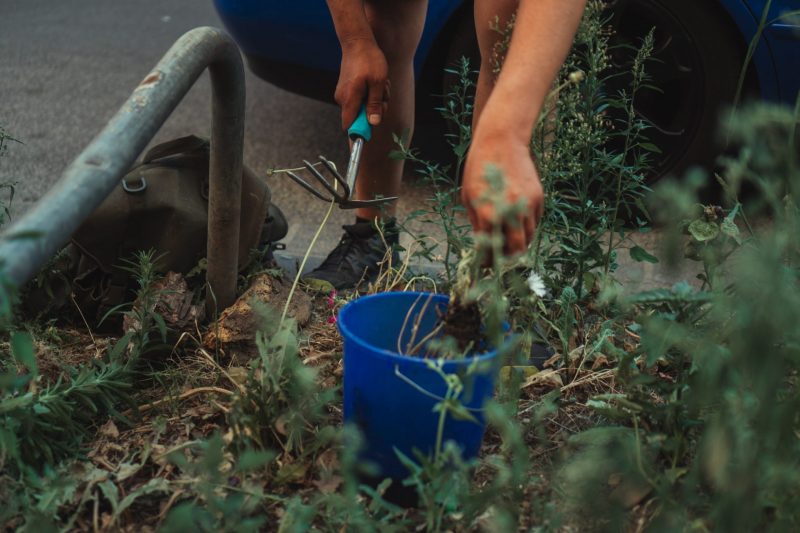
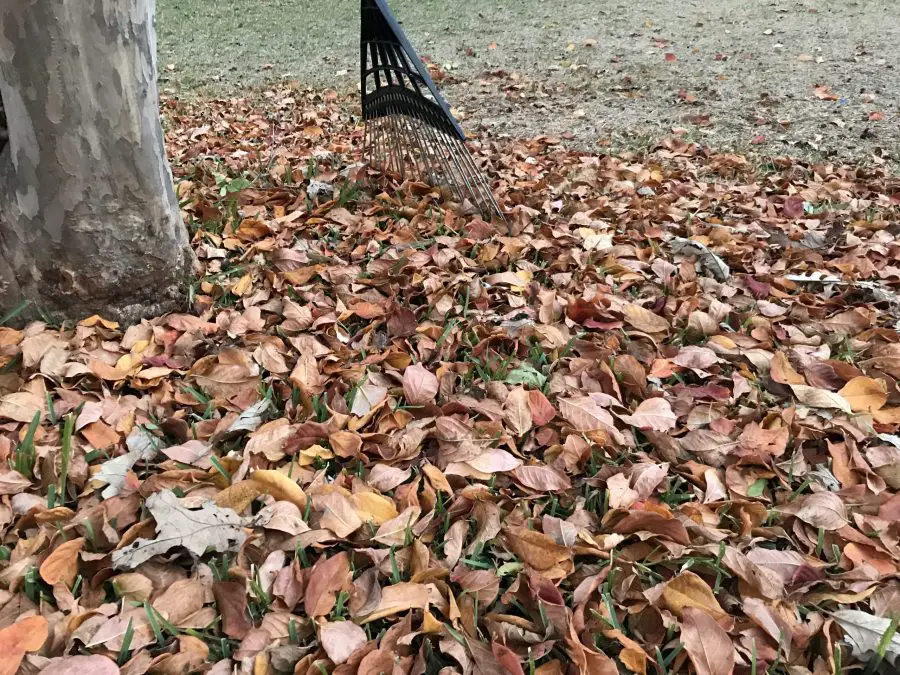
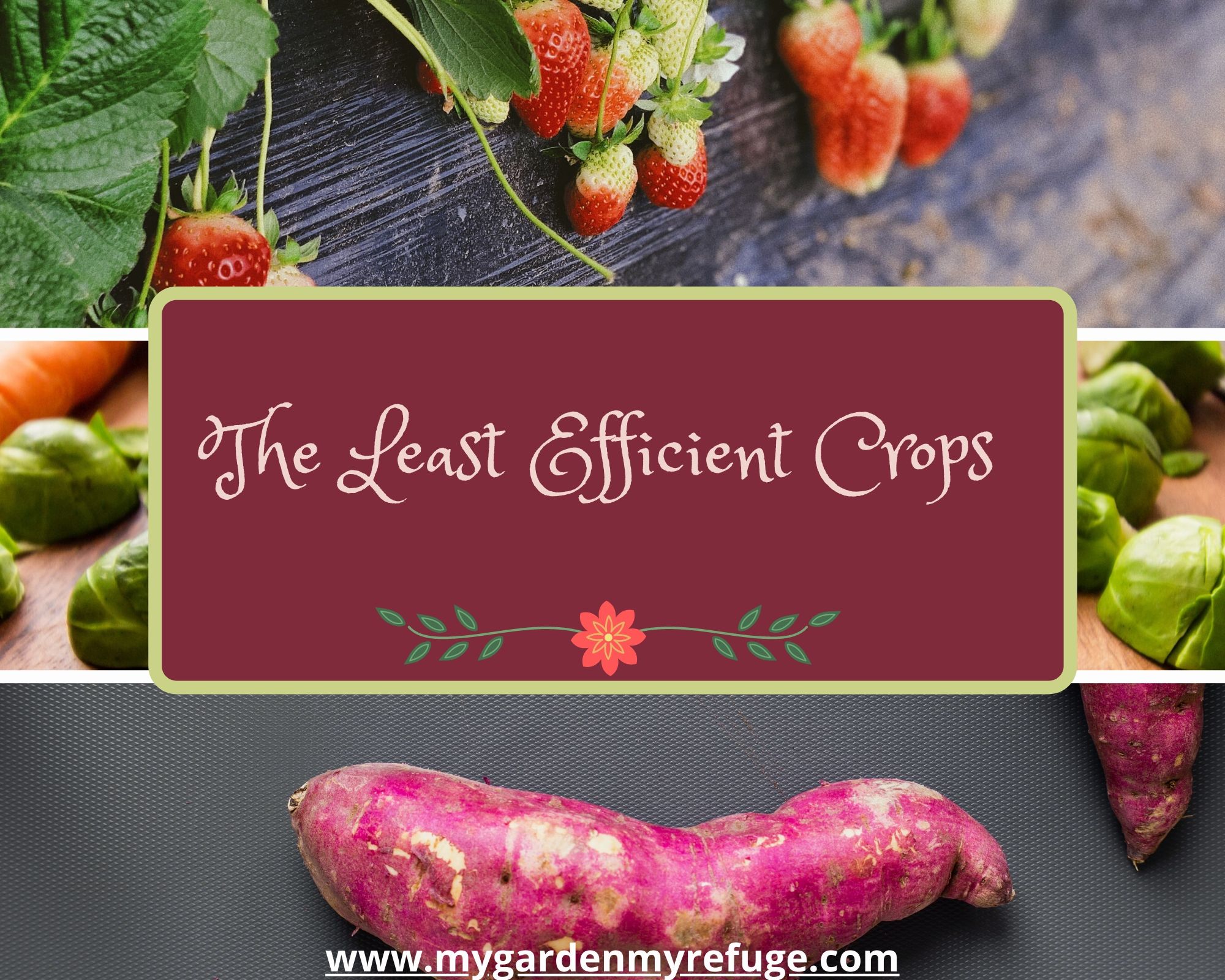

Like!! Really appreciate you sharing this blog post.Really thank you! Keep writing.